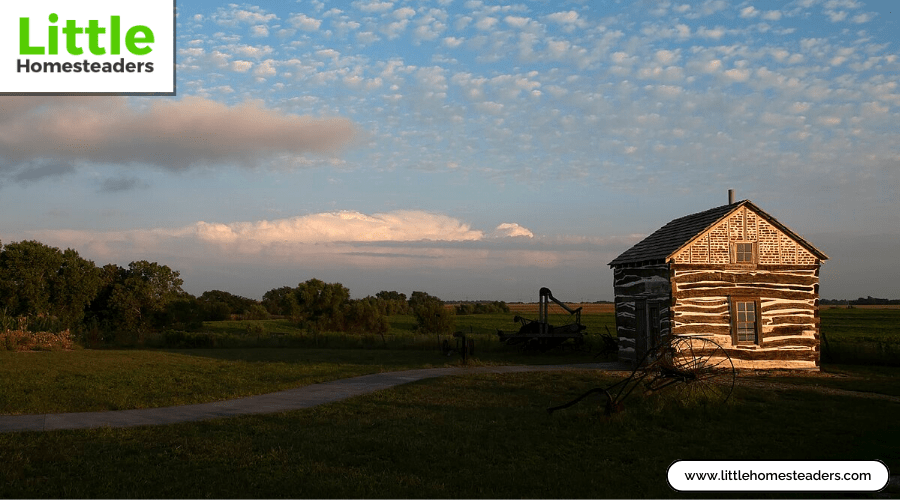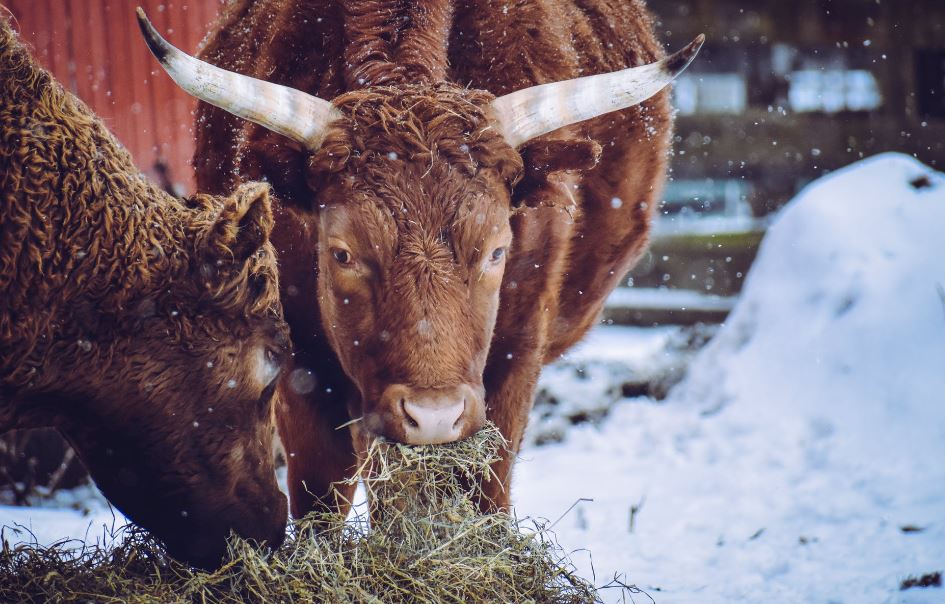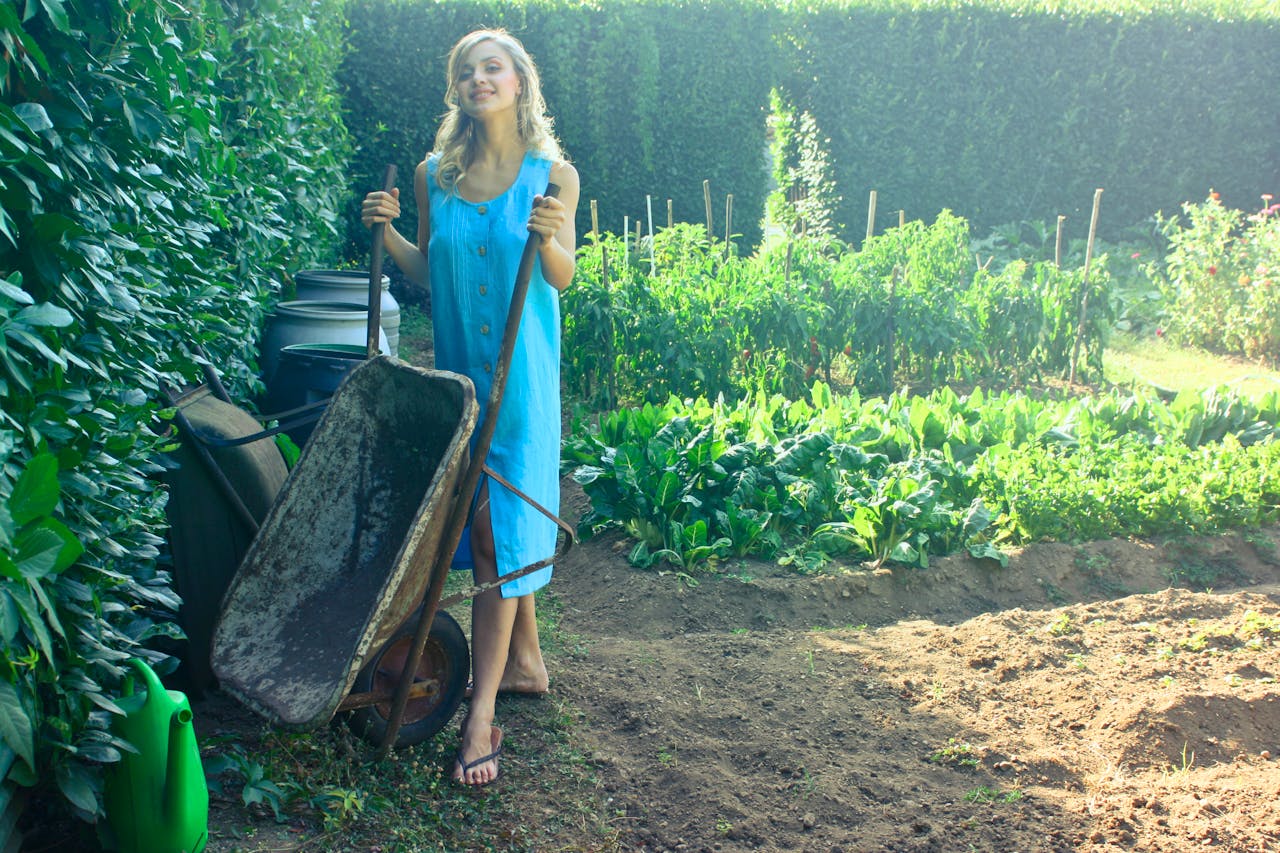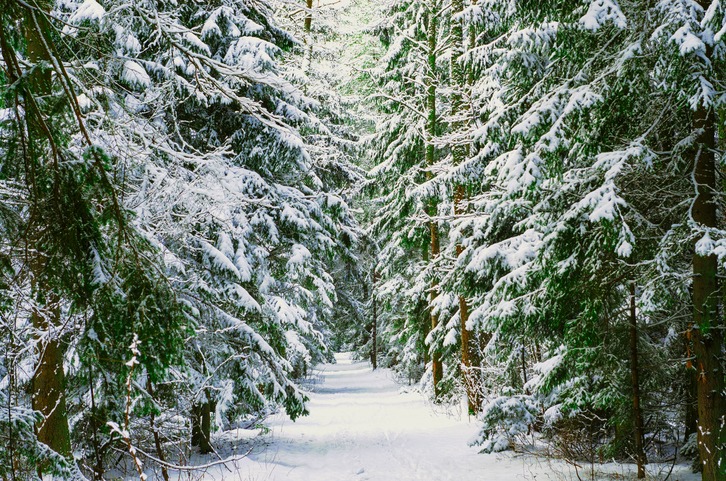Why You Should Visit Homestead National Historical Park

Have you ever wondered what life was like for the pioneers who helped shape America’s history? Homestead National Historical Park in Beatrice, Nebraska, offers a unique chance to step back in time and experience the grit and determination of those early settlers. From restored prairies to historical landmarks, this park makes history feel alive and relevant, while also giving you a chance to enjoy its natural beauty.
Experience America’s Homesteading History
The Homestead Act of 1862 was a game-changer, offering 160 acres of land to anyone willing to work and live on it for five years. This park celebrates that bold chapter in American history. One of the highlights is the Freeman School, a charming one-room schoolhouse where kids learned the basics of reading, writing, and arithmetic. Seeing the old desks and chalkboards is like stepping into the shoes of a pioneer child.
Another must-visit spot is the Heritage Center. It’s packed with exhibits that tell the stories of homesteaders—the tools they used, the clothes they wore, and the challenges they faced. It’s a great way to understand the resilience and resourcefulness it took to succeed back then. The displays are simple but effective, and they’ll leave you with a real appreciation for the lives of these settlers.
A particularly moving exhibit focuses on the struggles of women on the frontier. Diaries, letters, and artifacts reveal their daily challenges, from running households to managing farms while their husbands were away. These personal stories highlight the strength and determination of women during this era, offering a deeper understanding of their pivotal roles.
Explore the Restored Tallgrass Prairie
View this post on Instagram
The Palmer-Epard Cabin is a small but powerful reminder of pioneer life. Built in 1867, it’s one of the original homestead cabins and has been carefully preserved to show how families lived back then. The cabin is made of oak and ash wood, with handmade bricks reinforcing the walls. Step inside, and you’ll see how tight the quarters were. It’s amazing to think about how much these families accomplished with so little. The cabin feels alive with history, and standing there, you can imagine the everyday life of the Palmer family—cooking meals, doing chores, and gathering around the table after a long day. In addition to the cabin itself, interpretive signs outside provide fascinating details about the materials used in its construction and the resourceful techniques of early settlers. Visitors can also learn about how this cabin was relocated to the park in 1950 to preserve its historical significance. If you’ve ever been curious about your family’s history, this park can help you uncover it. The genealogy research area offers access to over 1.6 million homestead claim records. Whether your ancestors were homesteaders or just part of that era, the staff can help you dive into the archives and find meaningful connections. Learning about your family’s role in such an important chapter of history can be emotional and inspiring. Even if you don’t have a direct link to homesteading, exploring the records is a fascinating way to learn more about the people who built this country. Visitors often leave with newfound respect for their ancestors’ resilience. Many discover surprising details, such as the exact locations of family homesteads or the hardships endured to fulfill their claims. These connections make the park’s history feel personal and real. The visitor center is full of hands-on activities that bring history to life. You can try butter churning, make a corn husk doll, or explore a computer simulation that lets you experience the tough choices homesteaders faced. These activities are fun and memorable for visitors of all ages. Artifacts on display include tools, household items, and even a tractor used by homesteaders. The exhibits also cover the relationships between settlers and Native Americans, offering a more complete picture of life during this time. The park regularly updates its exhibits to include new findings and stories, ensuring there’s always something fresh to explore. Kids especially enjoy the "build your homestead" activity, where they can design their own pioneer settlement using replica materials. Throughout the year, the park hosts events that add an extra layer to your visit. In the spring, wildflower walks showcase the prairie in bloom. The annual Homesteading Days festival in June features reenactments, demonstrations, and hands-on workshops. And in winter, the park’s Christmas celebrations bring a festive touch to its historical setting. Whether you’re stargazing on a clear fall night or watching a blacksmith demonstration, these events make the park’s history even more engaging and fun. Seasonal programs often include ranger-led storytelling sessions that dive deeper into specific aspects of homesteading life. Homestead National Historical Park is more than a collection of historical artifacts. It’s a place where stories come to life, nature flourishes, and visitors can connect with a pivotal chapter of America’s past. Whether you’re exploring the trails, stepping into a pioneer cabin, or tracing your family’s roots, this park offers something truly special. Plan your trip today and see for yourself how history and nature come together in this remarkable place.Discover the Palmer-Epard Cabin
Learn at the Freeman School
Trace Your Family’s Homesteading Roots
Hike Scenic Nature Trails
Engage in Interactive Exhibits
Attend Seasonal Events and Programs
Conclusion




